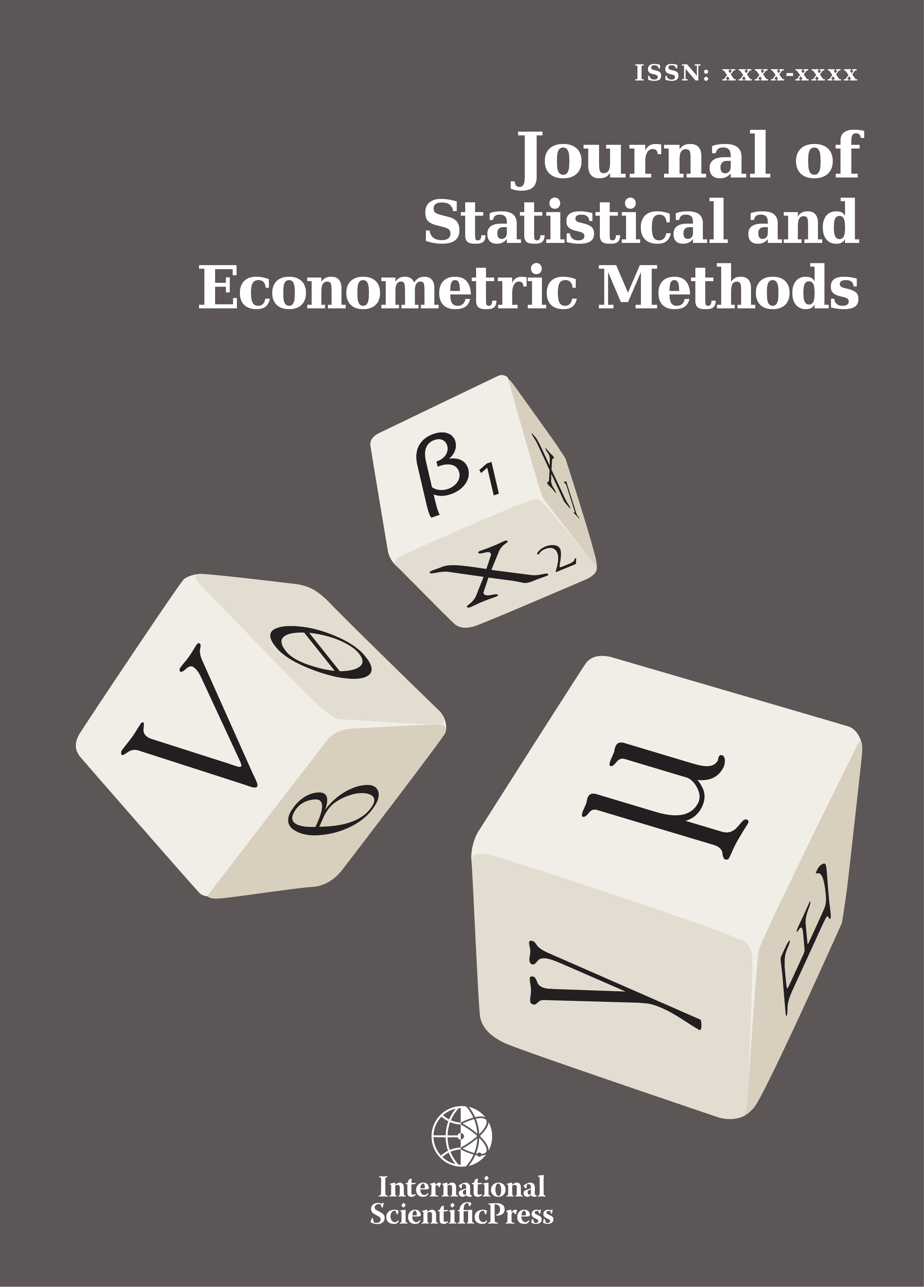Journal of Statistical and Econometric Methods
Modelling Relationships between Treasury Bills, Inflation and Exchange Rates in Ghana: A Co-integration Approach
-
 [ Download ]
[ Download ]
- Times downloaded: 10672
Abstract
The interaction among some macroeconomic variables such as Treasury bills, inflation, and exchange rates, affects investment in other securities as well as the economic growth of a country. Identifying the nature of any existing relationships among these macroeconomic variables over time in a country play a central role in its securities pricing as well as in maintaining economic growth. This research used the Johansenís multivariate co-integration test to investigate the existence of co-integration; that is long-run equilibrium relationships among some macroeconomic variables; the 91-day T-bills rate, the 182-day T-bills rate, the inflation rate and the exchange rate in Ghana. The findings of this study revealed that, the four set of rates; the 91-day T-bill, the 182-day T-bill, the inflation rate and the exchange rates are co-integrated, thus showing the existence of long run equilibrium relationship between them. This indicates that, the rates move together over time and do not drift too far from each other. The study also revealed that, there are two linearly independent co-integrating equations describing the long run equilibrium relationship among the four set of rates. An implication of these two co-integrating equations is that, two non-stationary common stochastic trends underlie the time behavior of each rate.
